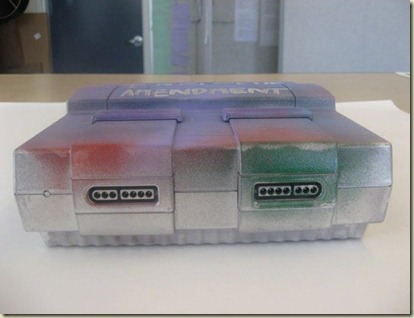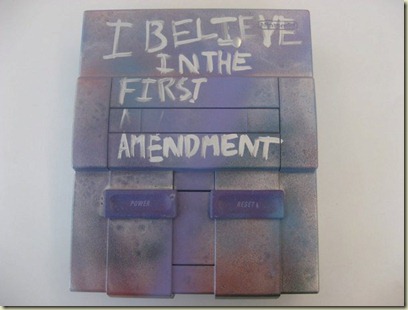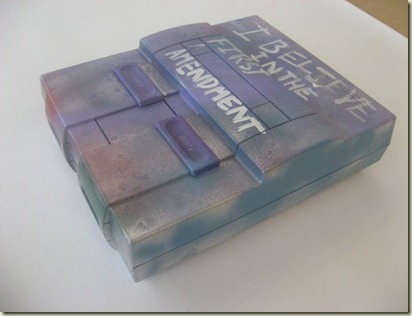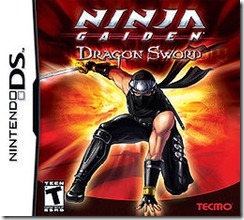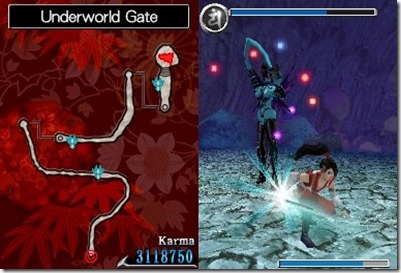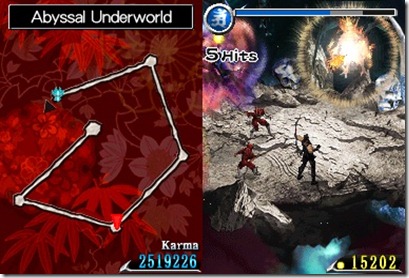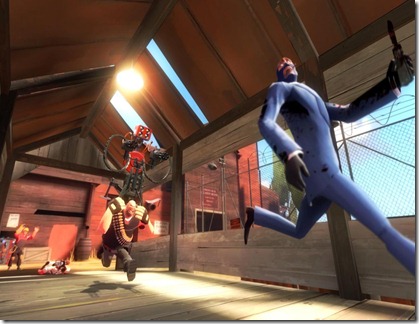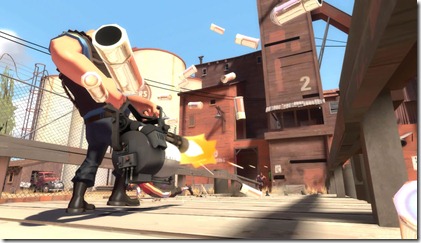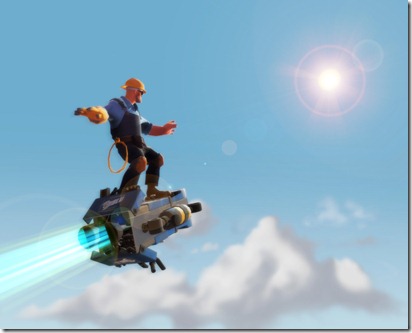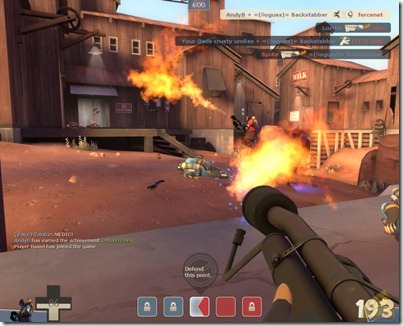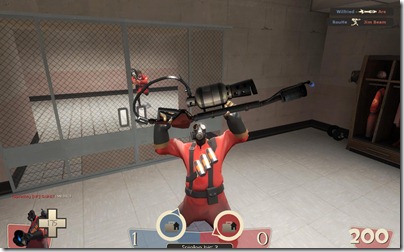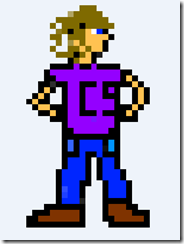It is 1997.
You are three years old, your experience of video games is limited to the numerous edutainment programs your parents bought for you. Reader Rabbit, Treasure Mathstorm and Math Blaster all served up some appealing point-and-click adventures. After some time watching your parents play Mario Kart occasionally, your parents drop by the Toys ‘R’ Us to buy a second game for the Nintendo 64, a game of such great historical significance that it would be immortalized in the annals of history as one of the most important ever.That game:
Super Mario 64.
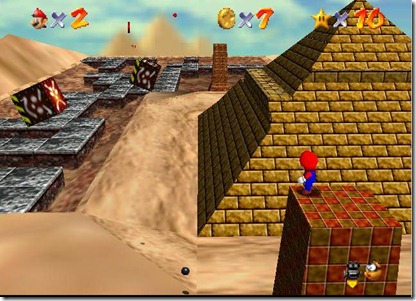
To a three year old with neigh experience of the world of console gaming that came before,
Mario 64 was truly different and revelatory. Worlds beyond existed behind the glass of the television screen, worlds inviting in their color and begging to be played in. The daunting vastness of Jolly Roger Bay belied the terrifying maw of Unagi the Eel. The stony guards of Whomp’s Fortress intimidating enough, did nothing to prepare you for the awe you felt as you tremored in sight of the Whomp King.
Super Mario 64, for you, was beautiful in its scope, terrifying in its scale and changed the way you thought about computers forever.
History and Impact
For the rest of the gaming world,
Super Mario 64 represented a paradigm shift in everything a game could be. 3D graphics, still in infancy, were known only through the Mode-7 view of
StarFox, the pixelated 2D sprites of
Doom and the isometric perspective of
Tactics Ogre. Super Mario 64 created a new standard for 3D games using innovative technologies and techniques unheard of at the time.
Design-wise, the game was formerly intended to be an isometric linear platform game to be released on the SNES after creative genius Shigeru Miyamoto completed
StarFox. The SNES could not handle even isometric environments of such complexity. The project was scrapped and moved to the Nintendo 64, a console powerful enough to support far more ambitious projects.

The first innovation that
Mario 64 brought to the world was in its control. Prior to its release, the primary methods of controlling game characters were either through an 8-direction D-Pad or an arcade stick. 3D environments had to be navigated by clumsily maneuvering a character’s direction faced, a la
Resident Evil, all without control over movement speed. By using a miniature analog joystick that provided for nuanced control of Mario’s speed and direction simultaneously, players could maneuver through the game’s worlds with an ease never before seen in any game. This lack of control over speed was especially problematic in
Metal Gear Solid, a stealth game where the lack of this kind of nuance led to many frustrating deaths.
The second innovation that
Mario 64 begot was the analog 3D camera. Prior to its release, 3D games took place from either a first-person perspective or had their camera positions fixed so that the player always saw what the designers wanted them to see. This prevented precise control from coming to fruition, and in a genre as based on precision as the platformer, lacking this kind of control was disastrous. By giving camera maneuverability to the player, this problem was resolved. A dynamic 360-degree range of motion was possible for the camera. As a result,
Mario 64 pioneered a vital technology to all subsequent 3D games.
Graphically,
Super Mario 64 was the first console game to use truly polygonal 3D graphics. Previously, 3D models were used only for characters on a highly detailed 2D backdrop i.e.
Resident Evil. On other cases, 2D sprites were used in 3D environments, such in the case of
Doom. By making the transition to a true 3D environment where nearly everything was modeled and textured, 2D sprites were used only for certain elements of the world, such as trees. This allowed for extremely vast worlds to be rendered flawlessly, with draw distance and pop-in becoming the new graphical hitches to be dealt with.
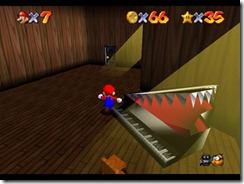 Super Mario 64
Super Mario 64 was hailed from its 1996 release as a revolutionary achievement in game design. Elements from its creation are ubiquitous in practically every game to be released to this day. The use of analog character control would be the reason why Sony released a new series of controllers featuring control sticks called
DualShock. Dynamic camera control quickly became essential to games of the era, and would be perfected with the release of dual-analog controllers in the 2000s. Exploration-based open worlds would manifest in
Grand Theft Auto III, polygonal worlds in
GoldenEye, dynamic camera control in
Prince of Persia.
Mario 64’s lasting impact was unparalleled among the industry.
Gameplay
The reason that
Super Mario 64 may seem bland and unappealing to the youth of today is because so many elements of its design have been copied to subsequent games.
Mario 64 serves as the quintessential 3D game in terms of control and interaction, and, while it may not be as compelling to today’s audiences as
Super Mario Galaxy 2,
64 shows how little 3D platformers have progressed in the last decade.

Not content to replicate the 2D-obstacle course aesthetic of Mario’s previous adventures, Shigeru Miyamoto introduced massive open worlds with multiple objectives into
Mario 64. Completing each objective nets the player a Star, collecting all 120 of these stars completes the game. There are 15 worlds to explore, accessed through a central hub in Peach’s Castle (which in itself serves as its own world with its own objectives.) Goals are varied, fun and exciting, ranging from defeating a boss, racing an opponent, reaching a hidden part of the world, solving puzzles and gathering coins. Gathering more stars unlocks more parts of the hub-world, granting access to new worlds.
Like previous games, unlockable power-ups augment Mario’s powers. The Wing Cap grants him flight, the Metal Cap renders him invincible and the Vanish Cap gives him the ability to walk through certain walls. By creating a new aesthetic, elements of Mario’s 2D adventures, such as time-limits, 1-hit deaths and classic power-ups, are lost. Other elements are redesigned with aplomb, and omnipresent within the game is the sense of childlike wonder and discovery that made Mario’s very first games so compelling. Hidden areas and secrets are everywhere, and thus,
Mario 64’s design is as playful and wondrous as games were meant to be.
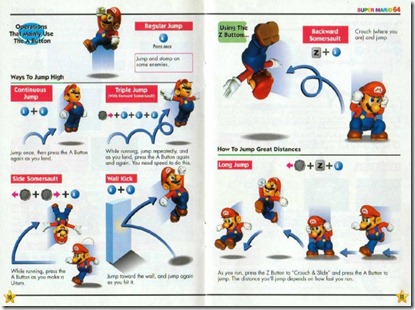
Finally, as a platformer, fun in
Super Mario 64 is derived primarily from the joy of fast movement within the game’s worlds. Mario’s abilities in a 3D environment are more diverse than any prior game created before. While in 1991’s
Super Mario World, Mario could only jump and access new abilities through power-ups, Mario in his 64-bit iteration had access to somersaults, long-jumps, wall-kicks, triple-jumps and aerial cartwheels. This allowed for him to interact with an unparalleled variety of worlds, from fortified fortresses to deep oceans to castles in the sky. Basic movement was fun in itself, moving through levels and completing objectives with Mario’s moveset was a true joy.
Graphics, Art and Audio
Super Mario 64 was a revolutionary masterwork from a technical, creative and aesthetic perspective that still holds up today. From a graphical perspective, things have changed. While beautiful at its time,
Mario 64 has aged noticeably, albeit with much grace. Artistically, the game remains timeless, its environments and characters cartoonish and imaginative without ever becoming saccharine. Textures and models retain the low-resolutions and low-polygon levels of 1996. Not all assets are rendered with 3D models, with certain elements like trees and cannonballs manifesting as 2D sprites, fundamentally clashing with the world around it. This is to be expected of Nintendo 64 games, and despite its shortcomings,
Mario 64 still looks better than the vast majority of other games on the platform, even besting Rare’s classic shooter
GoldenEye.
Top 10 Tracks from Mario 64
Koji Kondo scored the soundtrack to the vast majority of Nintendo games. His work on
Super Mario 64 remains one of his finest works yet. The jazzy Bob-omb Battlefield theme is colorful in comparison to the sitar-heavy lava-stage theme and the ambient oceanic theme. Varied in inspiration and perpetually colorful and happy,
Mario 64’s soundtrack has the tendency of ingraining itself forever in the minds of its players. The sound effects and voice acting, led by series veteran Charles Martinet, remain solid and memorable to this day.
Conclusion
Super Mario 64, was, for lack of a better term, a revolutionary achievement in every conceivable way, comparable to the advent of sound in film. The game’s impact remains nearly unparalleled to this day, rivaled only by its’ original predecessor which revived the industry entirely in 1985. While perhaps generic and insignificant today in light of 3D games that borrowed heavily from its design,
Mario 64 seems that way due to the very impact that it had. Needless to say, the electronic paradigm shift that was
Super Mario 64 remains to this day the quintessential 3D-platformer and is mandatory playing for anyone with even a remote interest in the history of gaming.
5/5

